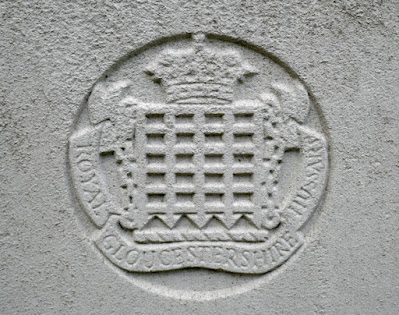Finally arriving at St. Peter’s church in Felkirk, having walked from Royston via Rabbit Ings, my first task was to take photographs of the Old Schoolroom, which the Historic England description records as having been endowed in the mid C17 and is mentioned in 1660 as a free school for the manor of Havercroft, but probably dates back to the C16.
Also on my list for the British Listed Buildings Photo Challenge for South Hiendley were a mediaeval cross shaft, seven grave slabs and two tomb chests. Although with no noteworthy features, as with many others that I had previously encountered in churchyards, the stump of the cross shaft was easy to find.
Before going to find the various Grade II Listed memorials which, based on previous experience of trying to locate them from the Historic England descriptions – at Darton and Wragby for example – is not so easy, I went to have a look around the extension of the churchyard.
Sited to the west of the church and very surprisingly bisected by a stream, although this part of the churchyard is not well maintained and the going is quite difficult underfoot, I quickly spotted the Commonwealth War Graves Commission Portland stone headstone of Corporal H. Hopkinson of the 1st Royal Gloucestershire Hussars.
Returning to the old churchyard, the sandstone tomb chest of Ann Watson of Hodroyd (d.1735) was also quite easy to find, as there are very few memorials of this type, but I just took a couple of record photos for my Photo Challenge.
Against the south aisle wall, there is a stone coffin, with its broken cover lying next to it. I didn’t notice this at the time, due to the covering of lichen, but having referred to the two church guides that I obtained once inside the church, it is decorated with a cross and is dated to 1150-1200.
The other tomb chest on my list to photograph was of Richard Methley, merchant of Quebec (d.1837). I didn’t stop to try and make out the various inscriptions, but Historic England records the principal inscription as "Merchant of Quebec North America the Sixth Son of the late Willoughby Methley of Shafton" and adds: "In the discharge of his secular duties he crossed the Atlantic Ocean 34 times".
The grave slabs all date to the C18 and, to varying degrees, have their inscriptions covered in lichen and algae and were not so easy to identify. As I have discovered, while helping to maintain St. Helen’s churchyard in Treeton, their maintenance is very time consuming and, if cuttings are not removed when the surrounding grass is mown, moss and grass takes over quickly.
To the credit of the parishioners, the old graveyard of this very isolated church is very well maintained and all of the grave slabs, not just those that are Grade II Listed, appear to have their borders regularly trimmed, so that these fine examples of Georgian calligraphy and letter cutting are still clearly legible.










No comments:
Post a Comment